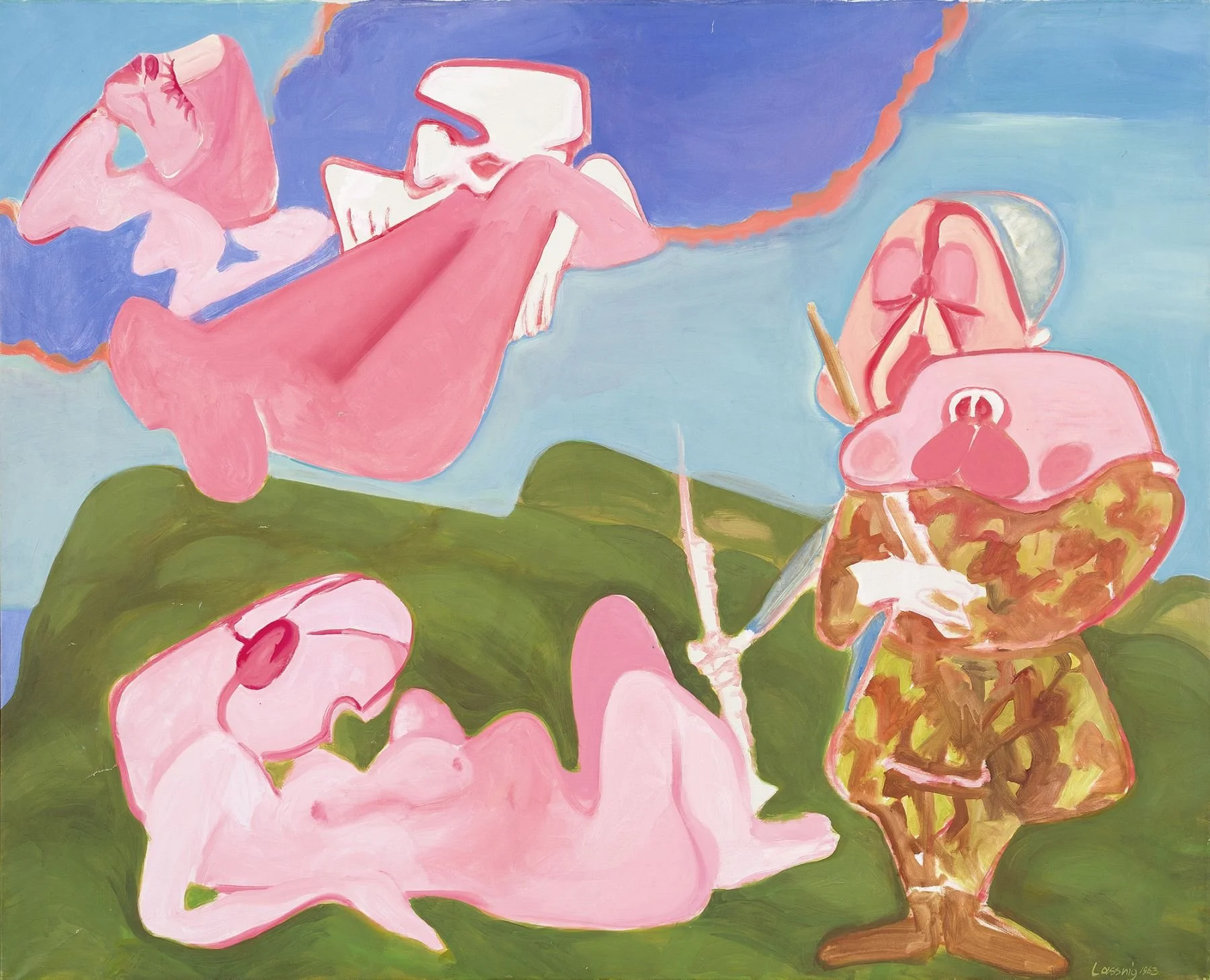Liam Everett
“On meeting again”
New York, 297 Tenth Avenue
Everett’s experiments in the development of a self-sustaining studio practice see him employing a process of steadfast and repetitious application and erasure, using non-traditional methods to apply—and caustic substances to remove—painstakingly developed layers of paint and composition. A catalogue, featuring a conversation with Everett, will be published in tandem with the exhibition.
The artist’s recent relocation back to Northern California has proved a catalyst for Everett’s engagement with the alchemy of the natural environment, as well as theories concerning biodynamic agriculture, pre-industrial working tools, and ancient approaches to fertilization that engage the moon cycle. These emerge in the work as metaphors for the interactive properties of the substances Everett applies to the canvas—how they counteract, preserve, or react to one another. In this way, Everett’s investigative procedure, laser-focused on the subtle behavior of his materials, becomes akin to a scientific assaying of chemical and mineral substances, working to determine purity, viability, and the limits of stability. As well as their biological and chemical referents, the works are rendered in primary palettes that recall early internet design and the RGB (red-green-blue) color designation, mimicking a nostalgic conception of a once-imagined digital future.
Installation view of Liam Everett Photo by Diego Flores
On meeting again takes its title from Section 321 of Frederik Nietzsche's The Gay Science, a text often described as the most poetic of the thinker’s oeuvre and one that has as its subject the importance of a rigorous practice in the disciplined quest for knowledge. Everett’s work conceptualizes the dance between inherent and inherited knowledge, as well as the ways in which we interpret and reapply theories of our species’ existence and survival. These subjects, situated at the center of the exhibition, are ones to which we might feel keenly attuned at this juncture in history.
Everett is attentive to ideas of authorship and the attempt to shed a conscious role while working in the studio. Through the partial repetition and reworking of compositions across multiple works simultaneously, a suite of paintings might recall the inverted musical form of variations on a theme. He is prone to imposing physical obstructions that demand exaggerated levels of adaptation and effort, recalling the straight-faced farce and gesturality of absurdist theatre. As Everett brings the body into the problem-solving inherent in art-making, destabilizing and actualizing all at once, the studio space becomes akin to a rehearsal space in which progression and perpetual motion never quite reach a reliable resolution. The toil of this circuitous working method is imbued in the work, revealing itself on the canvas as a complex material and metaphysical depth.







